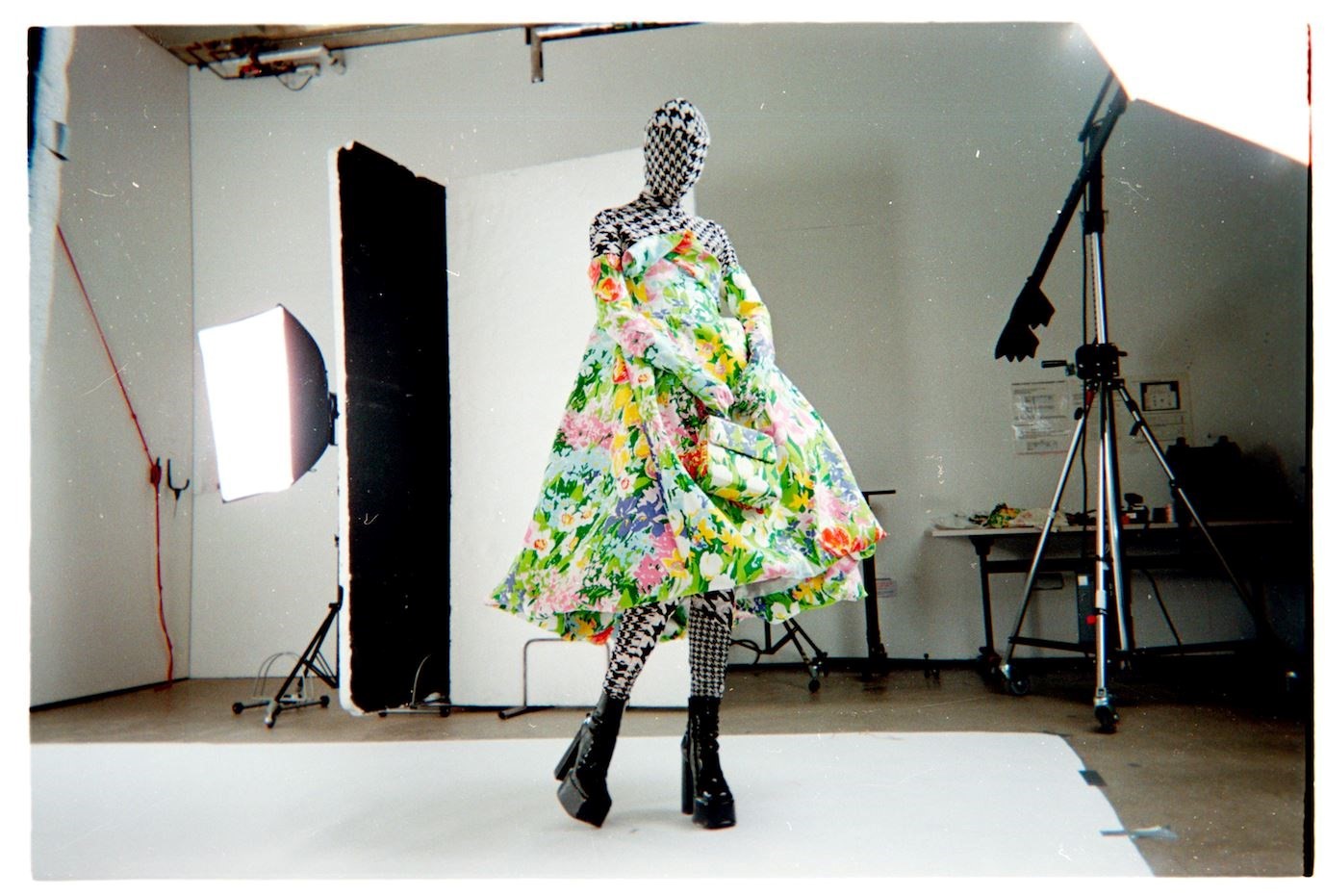Richard Quinn is fussy about florals. He’ll take them gutsy, a bit off and like 60s upholstery on steroids. But ditsy? Not a chance. You’ll know that, of course, if you’ve seen Quinn’s Central Saint Martins graduate collection. Which you probably have – his was one of the most exciting and photographed offerings in the class of 2016 show.
Starring gimp-masked models in New Look-style gowns, cocktail dresses and tailoring all splashed in hounds-tooth checks and lurid, lairy florals Quinn’s debut heralded the arrival of a fresh new talent in the way Christopher Kane’s MA collection did ten years earlier. In a similar way to the way in which Kane toys with the idea of bad taste, Quinn showed that by overloading the prim and domestic, the result isn’t saccharine but unsettling and eerie – though undeniably beautiful.
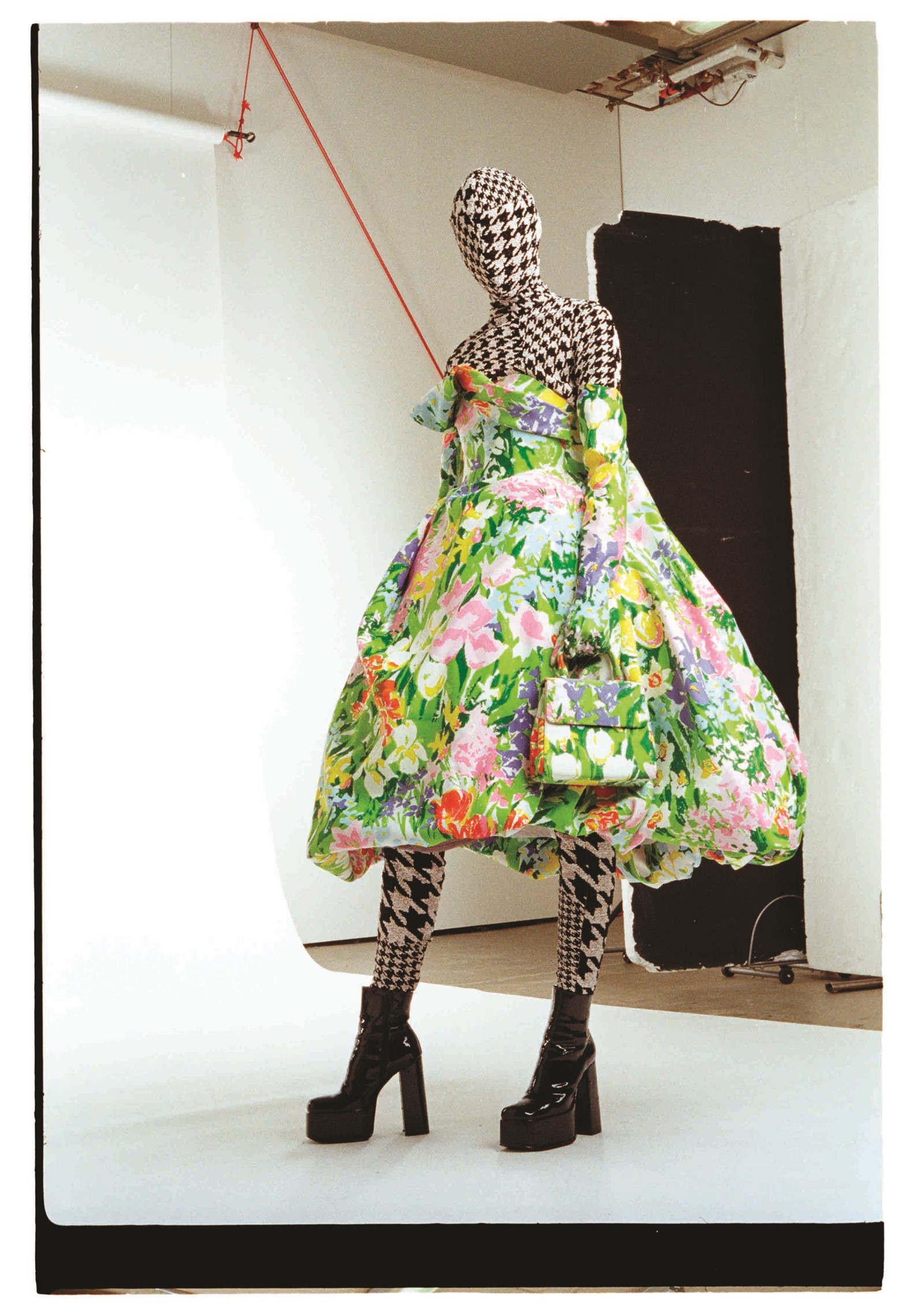
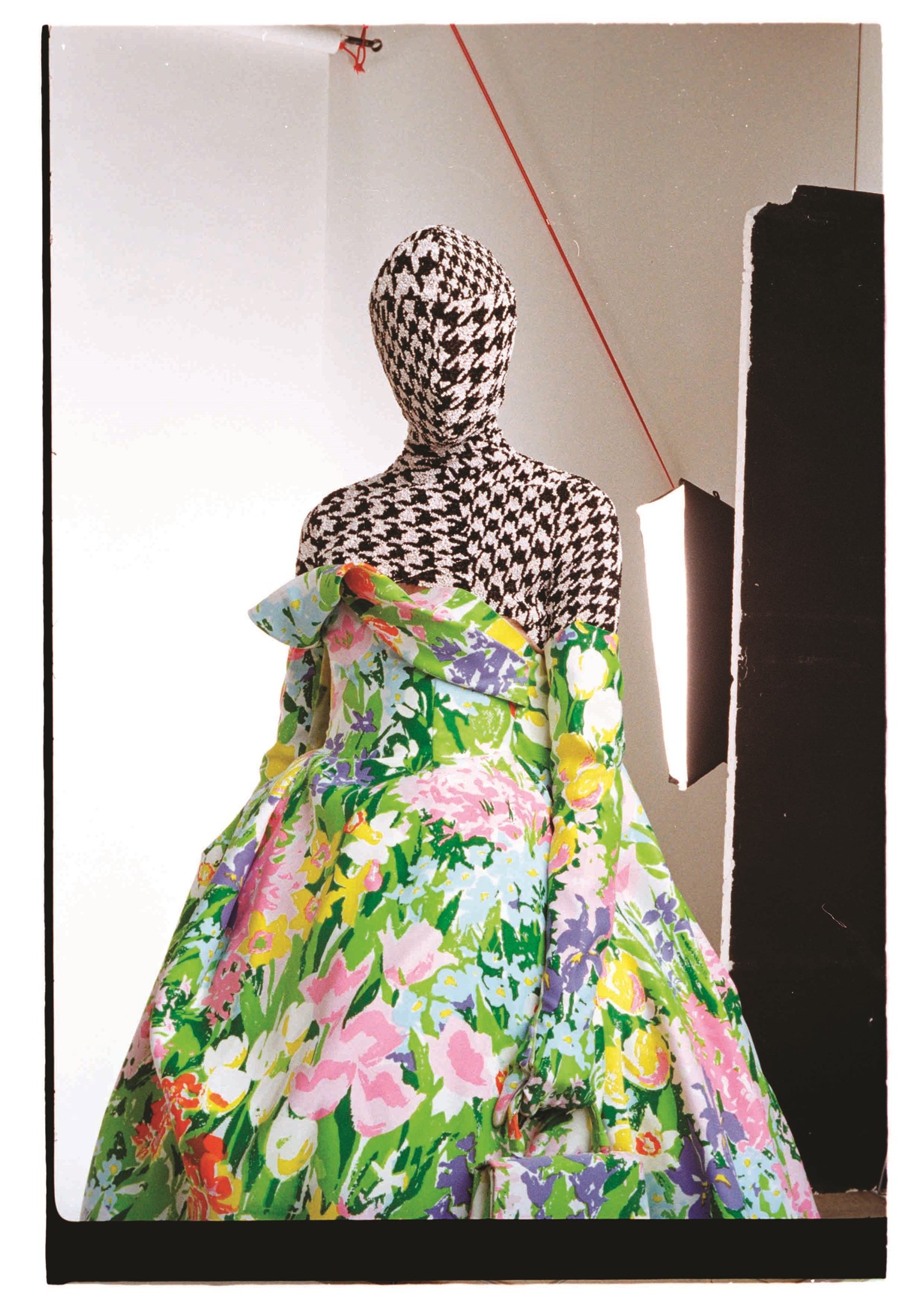
Barely out of the starting blocks and the industry is showing Quinn a lot of love. This year, he made the Dazed 100, and the British Fashion Council’s NEWGEN bestowed ‘One to Watch’ support. In November, he was announced as the winner of the H&M Design Award 2017, which comes with a prize of €50,000 and a year’s mentorship with the high-street giant, who will develop some of the pieces from the winning collection. “It’s nice to have the recognition,” he says in typically low-key style of his burgeoning ‘Next Big Thing’ status. That H&M money helped pay for the studio we’re sitting in today. Under a railway arch in Peckham, where you can hear the trains groan thunderously overhead. It’s 20 minutes away from where Quinn grew up, and a few arches down from his dad’s scaffolding yard.
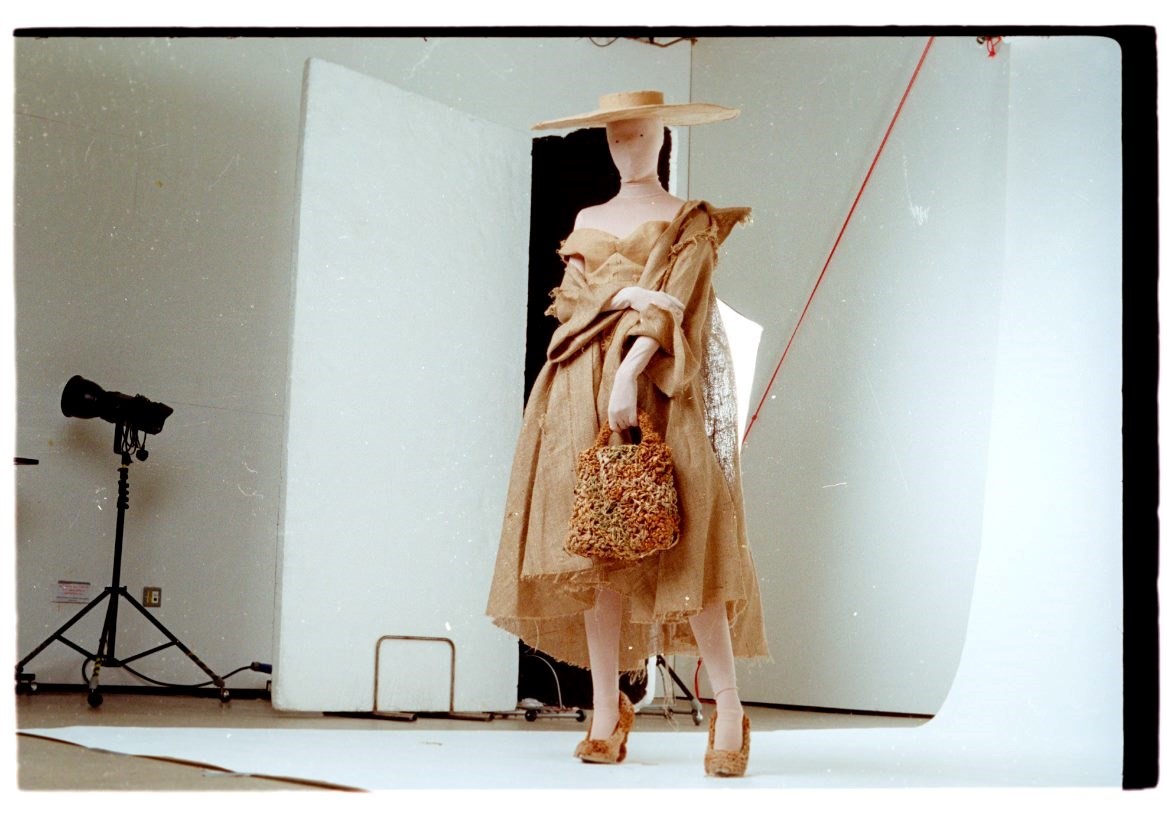
You can’t help but think that being close to family might help keep Quinn grounded (certainly your dad popping by to say hi mid-way through an interview stops any diva behaviour in its tracks). As a result, the space is more than his personal ideas laboratory; it’s an open-access, affordable print studio. “I hated the high turnover and lack of empathy with what you were doing, but there are so few print studios in London everyone’s held to ransom over it.” Quinn has unmissable business nous and is keen to point out, “not only are we offering an affordable platform and a nice atmosphere to work in but it is an actual business”. But it’s not been easy, he says. “Even when you’ve got that amount of money – not to cry about it – setting up a print studio is really expensive.” Becoming a fully operational space has been an ad hoc process, from driving his dad’s truck to factories that were closing down in order to snap up affordable machinery to commissioning a local steelworker to make the printing tables.

Just as Quinn is rewriting the rules of florals, he’s also dead-set on ripping up the definition of ‘young designer’ as a synonym for ‘struggling artist’. His ambitions for the brand are both big and refreshingly straightforward. “I don’t want it to be ‘young designer’ for 30 years,” he says. “I want it to be a whole mandate of this is what I’m saying, this is the brand, we sell, we’ve got this space and we’re an actual thing. I don’t want it to be ‘is he showing next season?’” Unsurprising, then, that creativity and commerce aren’t mutually exclusive for Quinn. “I think if you’re creative you are commercial,” he says. By grafting to get his own space and establish a viable business, this gives Quinn space, both literally and figuratively, to hone and shape his vision and try out new ideas.
“I think if you’re creative you are commercial” - Richard Quinn
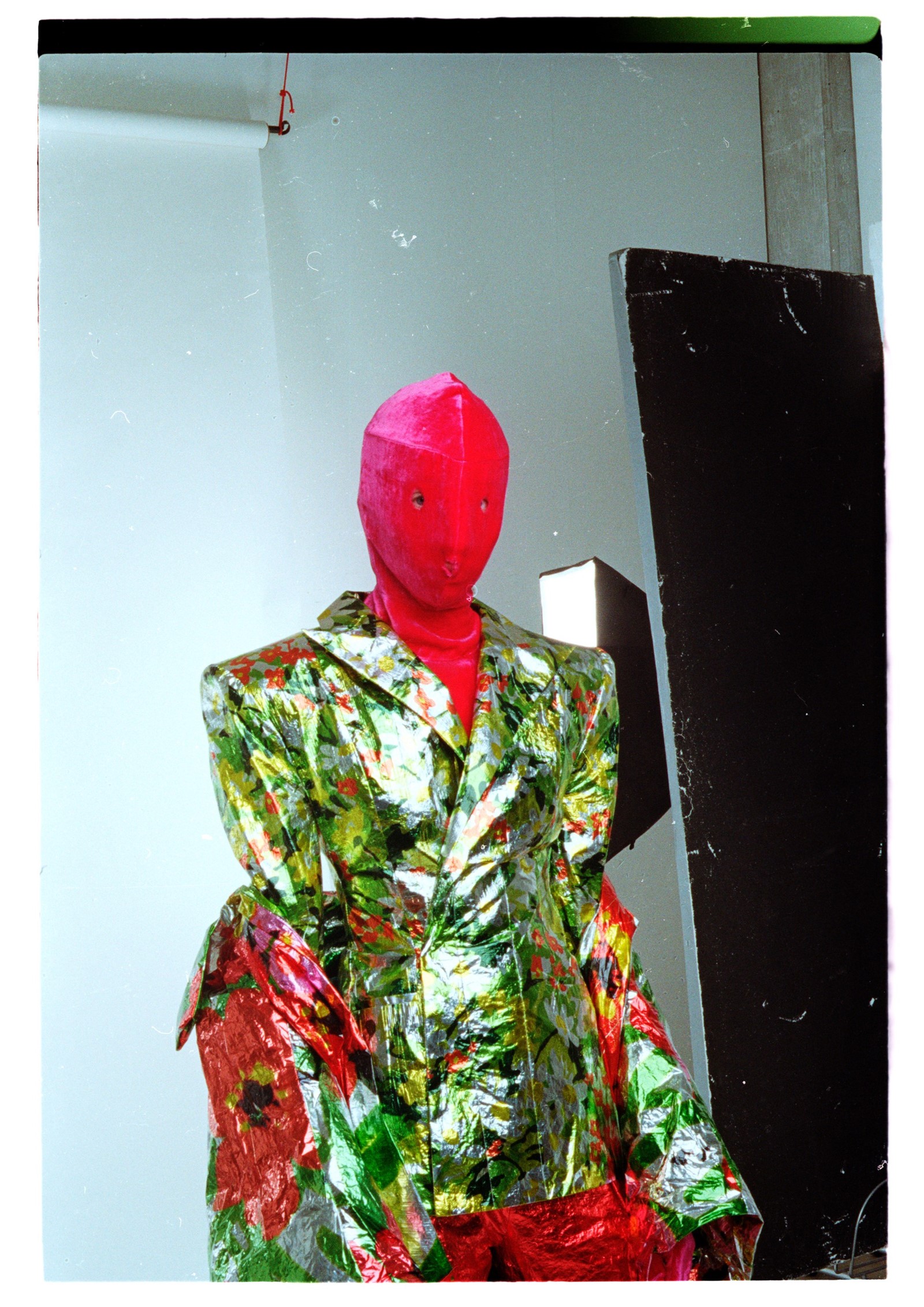
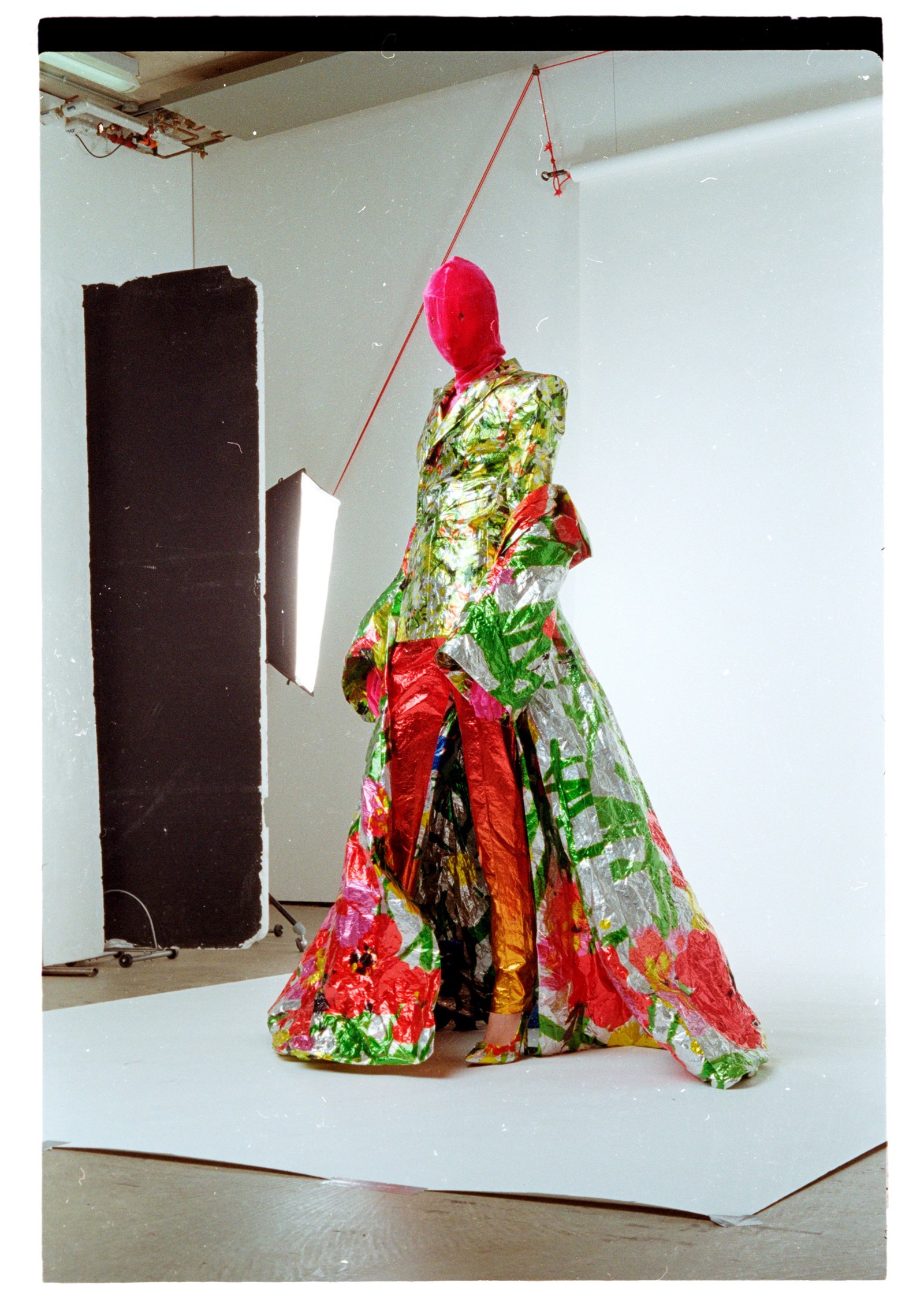
Having the studio framework in place means the next logical step is London Fashion Week, where he’ll make his debut in September. “I don’t feel nervous because I’ve been hungry for it for so long. Now I have all the facilities – there’s no excuse,” he says. And, yes, he thinks there’s still a place for shows. “I’m all about the Viktor & Rolfs, the Alexander McQueens; I think a show should be a show. I don’t think it should be 30 white models walking up and down. It should be multicultural, interesting, a set, everything! It should get people talking – whether good or bad.”
There’s a palpable optimism to Quinn’s work and his business, one that relates to the joy he clearly takes in craftsmanship, the importance he places on sustainability, and the ambition he fosters in building a young, London-centric brand. It’s a new kind of activism. Think about it: the poetry of a hand-printed, made-in-London dress is a far more meaningful move than a derivative political T-shirt. “You don’t have to be told nobody likes the Tories and everybody hates Trump!” Quinn deadpans, sounding every inch the boy who grew up around the corner.
“You don’t have to be told nobody likes the Tories and everybody hates Trump!” - Richard Quinn
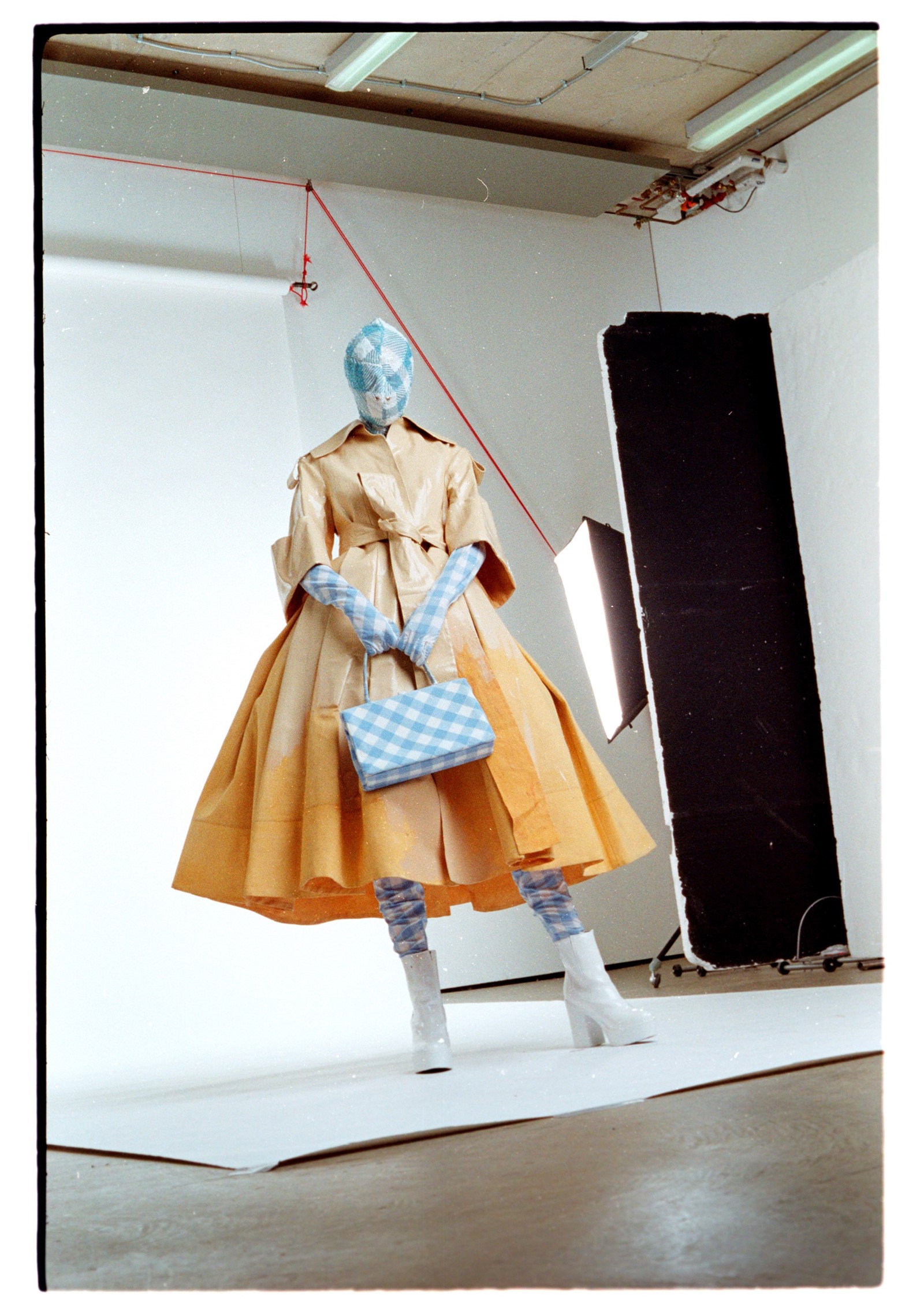
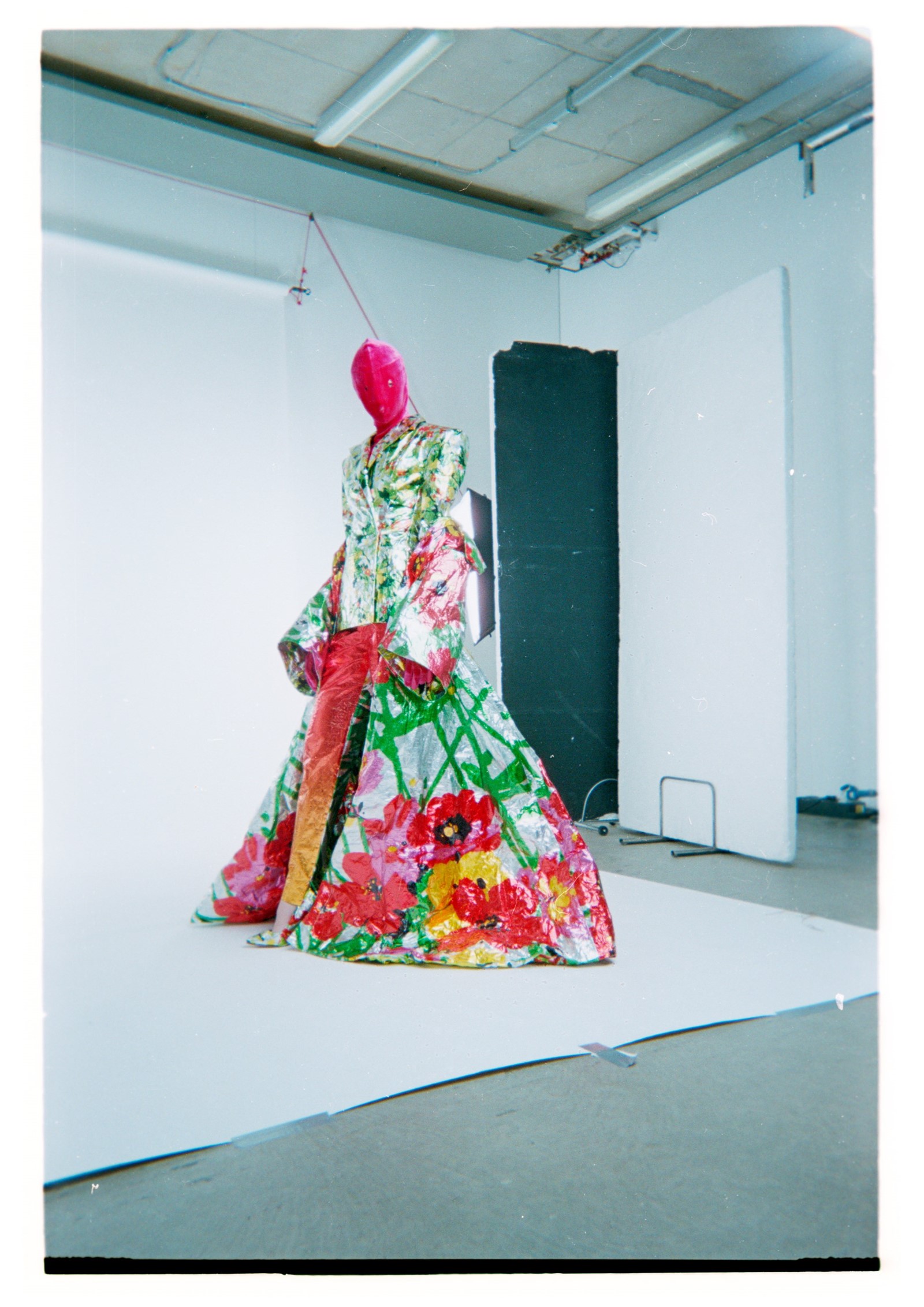
And there’s the kicker – he’s as comfortable being Richard from southeast London as he is Richard the Brand. “That’s who I really am; having a laugh, nothing’s really that serious.” That whirr of industry noise and parties is enjoyable, he says, but not how he defines himself. “I turn up, see people, think ‘this is fun’, but I don’t live my life to get into that party. I don’t have to prove anything to anyone – so fuck it.” One could say he’s already proved it.
